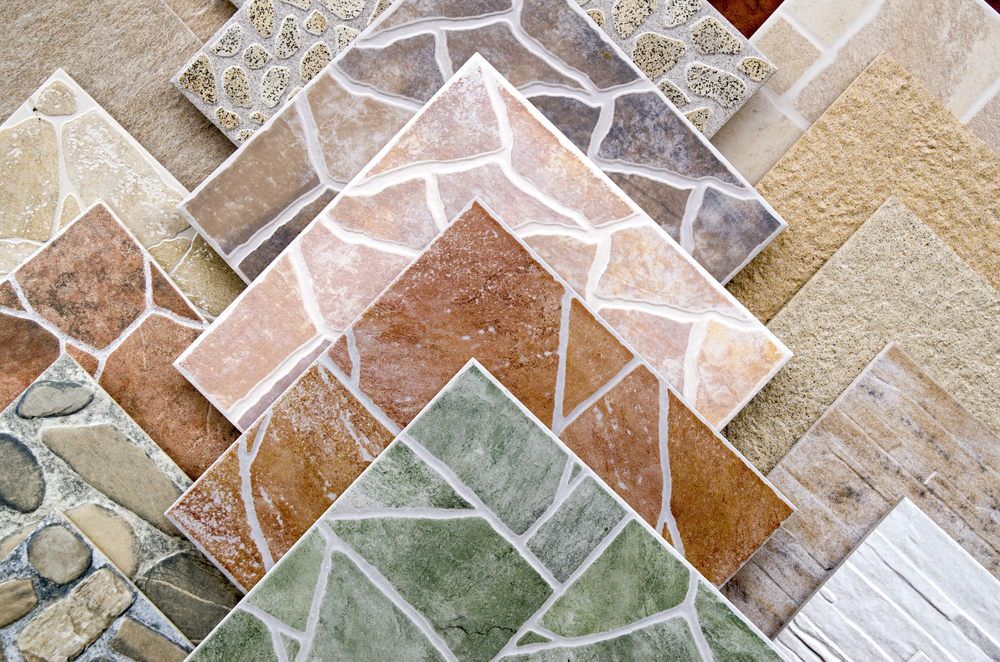At Noma Design & Build we are often being asked about the differences between porcelain and ceramic tiles. If you’re not a tiling expert you might actually think these are the same. It makes sense, because after all, they do look the same and they both are made out of clay. So, how can they be different?
Things to Know about Porcelain Tiles
Porcelain is made up of the fine clay that is dried and pressed in the shape under incredibly high pressure before it’s glazed. After the glazed porcelain is fired to 2500 degrees Fahrenheit these blazing temperatures burn all of the moisture out of the tile leaving it incredibly durable and impervious to water. Since porcelain comes from dense clay, the end result is less porous. That means porcelain is less absorbent, making it both waterproof and stain resistant. A denser tile also means a more durable tile.
Porcelain is perfect for those high moisture high-traffic areas like bathrooms, hallways and kitchens. Some products are even approved for outdoor use and pools. It is always a good idea to check with the manufacturer to see what they specify. One great thing about porcelain tile is that you have options as far as body color goes. If you choose a color body tile and you chip it, the color under the surface is the same, and the imperfection will be less noticeable. Chips happen, so it’s nice to have that little piece of extra security, knowing they won’t be super obvious.
Ceramic Tiles Are More Affordable
Ceramic is a more affordable alternative to porcelain. These tiles are also made up of clay, but the mixture isn’t as dense. After it’s dry and glazed, a ceramic tile is fired at 2,000 degrees Fahrenheit. This process sets the glaze and bakes out the moisture at a lower temperature than porcelain. These differences of materials and manufacturing makes ceramic tiles less dense and more porous. Chips and cracking are more likely with ceramic. Since ceramic tile is more porous, it is more susceptible to absorbing moisture making it a bad performer in freeze and thaw conditions. Tor this reason it should be used indoors only. Additionally, ceramic isn’t waterproof on its own. The tile needs to be glazed to offer that water resistance you would expect. If the tile sustains any surface damage, the color underneath the glaze will be visible. Usually ceramic body clays are red or brown in color, which don’t usually match the surface pattern or color of the tile. That can reduce the visual appeal, so keep this in mind when considering your options.
When choosing between porcelain and ceramic, it’s hard to say one is better than the other. Both offer a durable waterproof surface as long as the tile is glazed. Chipping is more visible with ceramic and porcelain is more durable. But ceramic is still more affordable. In the end the best choice for you depends on your needs.
For all of your tile needs contact Noma Design and Build, and we will take care of it. Contact us today!
(858) 373-9902 / (619) 723-2408





